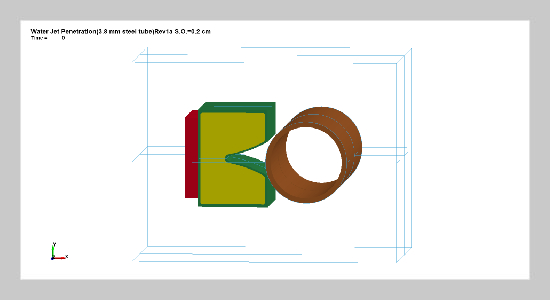Cheng-Wei Hung1This email address is being protected from spambots. You need JavaScript enabled to view it., Bor-Cherng Shen2, and Min-Han Chiu3 1Department of Civil Engineering and Resource Management, Dahan Institute of Technology 2Department of Power Vehicle and Systems Engineering, Chung Cheng Institute of Technology, National Defense University 3Chemical System Research Division, National Chung-Shan Institute of Science and Technology
Received:
December 20, 2023
Copyright The Author(s). This is an open access article distributed under the terms of the Creative Commons Attribution License (CC BY 4.0), which permits unrestricted use, distribution, and reproduction in any medium, provided the original author and source are cited.
Accepted:
April 24, 2024
Publication Date:
May 25, 2024
Download Citation:
||https://doi.org/10.6180/jase.202504_28(4).0002
In recent years, terrorist attacks have spread frequently. Whether it is an organized strategic attack or a personal suicide attack, it has seriously affected the safety of people. The easy way of terrorist attacks is to make a bomb, like steel pipe bombs or gas barrel bombs, which were easy to produce. Generally, there is no difference between the pipe bomb and the normal steel pipe by exterior. Hence, the civilian hard to distinguish between them, and the potential hazard could happen. The general method to deal with the steel pipe bombs is to use high pressure water cannons to render them ineffective. However, if the canon didn’t combine the metal projectiles within, it is hard to penetrate the structure. In this study, we use the shaped charge concept of anti-tank warhead to design a water disruptor device. This device contains few explosive, water and simple shell. When initiated the explosive, high speed water jet was formed and penetrated the steel pipe bomb. Then, the forensic investigators can execute further investigate. The field test results showed that the 0.38 cm thickness steel pipe with ammonium nitrate inside was fractured by water jet and generate a large hole in size of 8.3 cm×1.1 cm. This large hole not only destroyed the bomb but also provide inside view of the bomb for further inspection. The experimental results also indicated that the numerical model in this research is useful and efficient can be further developed for related disruptor device.
Keywords:
Steel pipe bomb; Water jet device; Shaped charge; Numerical simulation; LS-DYNA
















